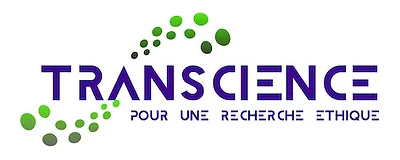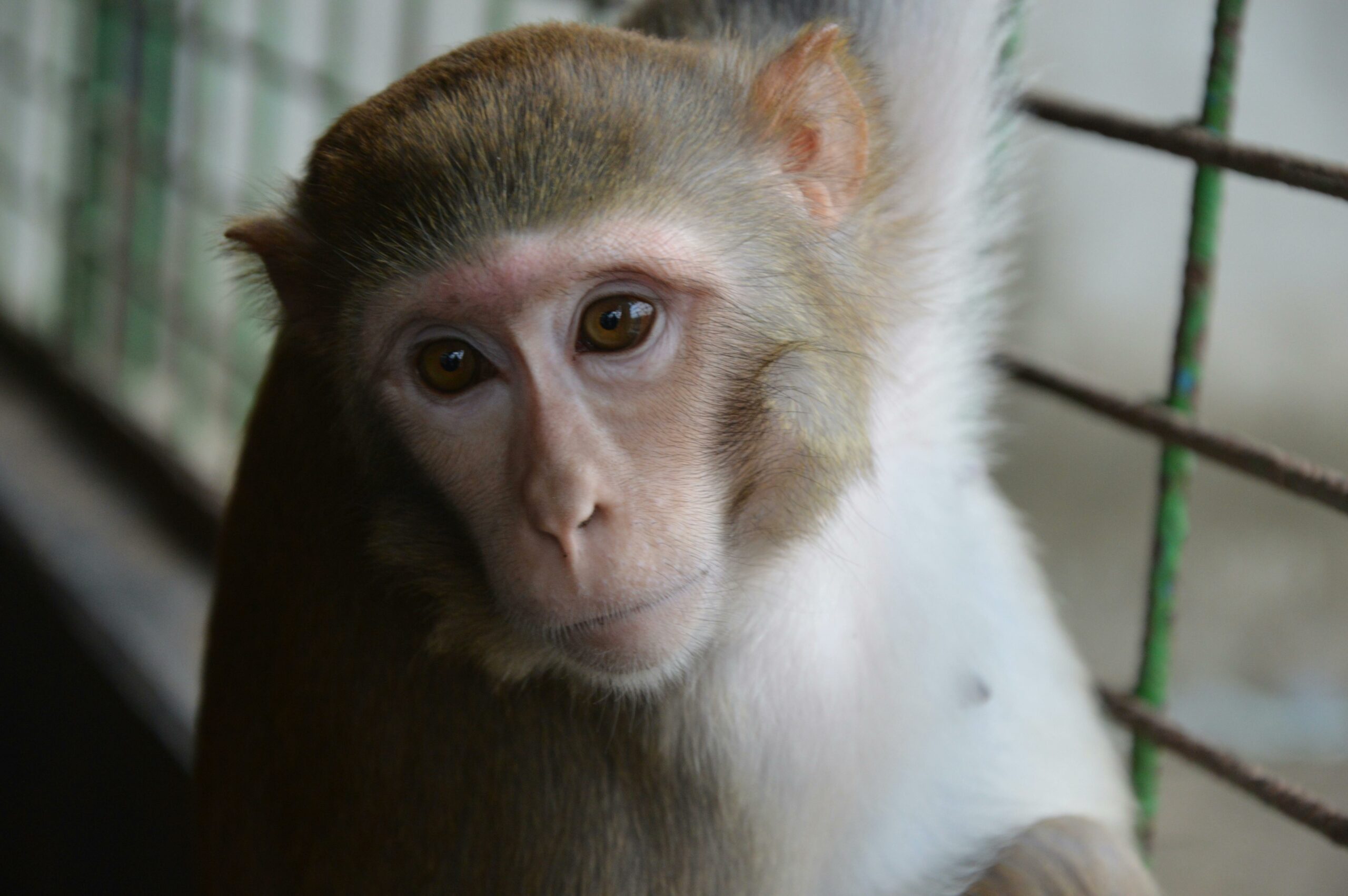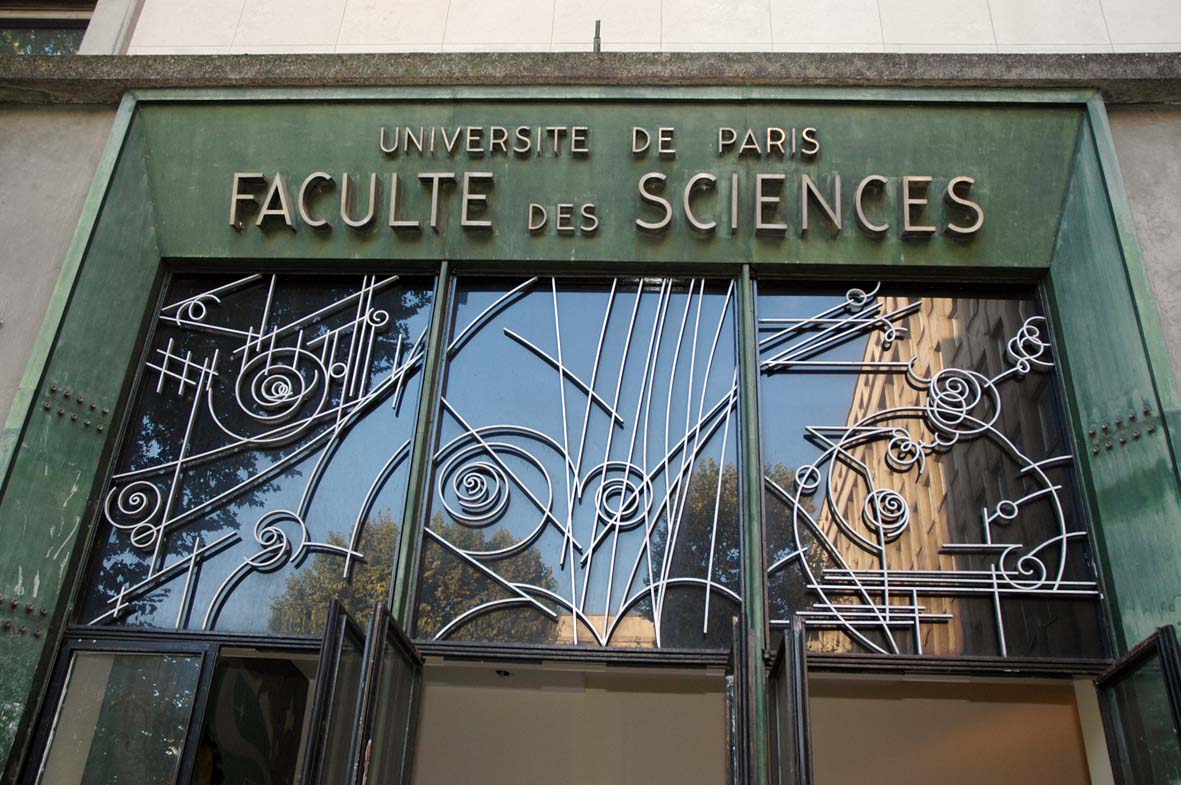Report from the Commission to the European Parliament and the Council (183) of 19/07/2024 on the implementation of Directive 2010/63/EU on the protection of animals used for scientific purposes in the Member States of the European Union and Norway in 2018-2022
What are the key points to remember?
This five-year report on the implementation of the 2010 Directive, covering the years 2018-2022, is based on a questionnaire sent to the Member States (MS) by the European Commission, like the previous one covering the period 2013-2017. Consequently, only declarative information is used, not verified by the Commission. Based on the detailed analysis provided in appendix we have drawn some conclusions.
- Some concepts are not precise enough in the Directive, and are therefore understood differently in different Member States.
This imprecision is evident first and foremost in the notion of competent authority: some Member States have 1 or 2 authorities responsible for plant authorizations and inspections, while others, such as Germany, Italy and Poland, have several hundred.
Another example is the definition of animal users, suppliers and breeders. Accounting methods vary from one MS to another, making comparisons impossible. The European Commission could have been expected to provide precise definitions adopted in a uniform manner across all countries.
With regard to inspections, the Directive states that “an appropriate proportion … shall be carried out without prior warning” (art. 34). At the very least, this expression “appropriate proportion” is vague, and is understood very differently by the Member States, since the proportion of “unannounced” inspections varies between 0 and 100% depending on the Member State.
Similarly, the notion of ” effective, proportionate and dissuasive ” penalties (art. 60) is too vague. In France, the penalty for applying a procedure without authorization is 4th class contravention… i.e. a fixed fine of 135 euros.
Shouldn’t the definition of a proportionate and dissuasive sanction be spelled out so that certain Member States can’t reduce the scope of the Directive on this point?
- The Commission’s survey questionnaire is flawed.
In particular, it does not address the question of the composition of the authorities in charge of project evaluation, which is of vital importance for the rigorous application of the 3Rs principle – and in particular the principle of replacement – and a real consideration of the interest of animals compared to the scientific interest of project.
We also note the lack of precision in responses to non-conformities identified during inspections. The MS mention the area in which the non-conformity was found, but not its nature. How can the European Commission issue appropriate recommendations without having a precise view of the non-conformities to regulations in the various Member States?
Finally, it is regrettable that we do not have a breakdown of the number of regulatory breaches observed in each MS. This could be compared with the total number of projects. In addition, for the information to be relevant on the compliant application of regulations, it would be necessary to ensure upstream a homogeneous assessment of non-compliances by the inspection services of the different MS, and to differentiate minor non-compliances from medium or major non-compliances.
- The Directive is applied by member states in very different ways.
The competent authorities responsible for project evaluation and issuing authorizations are structured very differently from one MS to another, and as a result, there is no guarantee of uniformity in the way files are processed. The report also highlights this problem of homogeneity in countries with numerous competent authorities, as is the case in France.
Likewise, the pace of inspections, the percentage of unannounced inspections, and the level and rigor of sanctions applied differ greatly from one country to another.
The rate of unannounced visits is an important indicator. The greater the number of inspections carried out without prior warning, the more effectively regulatory infringements can be observed. France, which has long lagged behind other Member States, improved this rate by 2022.
This variable and non-homogeneous application of the Directive is simply the result of its shortcomings and loopholes: definitions that are not sufficiently explicit, provisions that are not sufficiently restrictive, and insufficient controls.
- Some of the MS answers are false, as we have seen in the case of France, underlining the major flaw in the report: the absence of any verification of the MS administrations’ declarations, any request for supporting documents or even a simple consistency check of the answers.
Approximate or erroneous answers are encouraged by the imprecise wording of many questions, which, moreover, call for no justification on the part of respondents. As a result, it is in the MS’ best interest to provide answers that aim to show the European Commission that they are “good students”, and that they rigorously apply all the provisions of the Directive.
As far as France is concerned, Transcience and other NGOs have been able to demonstrate numerous dysfunctions, irregularities and even illegalities in the application of regulations relating to protection of animals used for scientific purposes. And yet, according to the replies to the European Commission’s questionnaire, France provides every guarantee of compliance with the Directive’s provisions on competent authorities and project evaluation. The reality is quite different. The French administration does not exercise any real control over animal experimentation ethics committees, whether in terms of their operation (appointment of members and decision-making procedures), their composition (proportionality of competencies), their resources (human, material, financial), or their independence (vis-à-vis the establishments to which they are attached), even though they are non-public authorities with no legal personality. Certain provisions of national regulations are not even applied: animal experimentation ethics committees that were supposed to be approved in 2013 have not been approved until 2022, and annual audits of these same committees have not been carried out.
Furthermore, the fact that committee decisions are taken by absolute majority in France (according to the survey response) raises doubts about the impartiality of decisions, given that the designers of projects using animals form a large majority on the committees.
Furthermore, in France, the animal experimentation ethics committees (the only competent authorities responsible for project evaluation) do not evaluate the scientific justification of projects, contrary to what was stated by the administration in the Commission’s survey (and required under article 38 of the Directive). The same is undoubtedly true of other Member States.
- Despite the imperfections noted in the report, it does reveal some notable differences between MS: there are those that are making real efforts to rigorously apply the Directive, and even taking measures that are more favorable to the interests of animals, and the others.
The differences between MS can be seen in particular in questions concerning the application of the 3Rs, the dissemination of retrospective assessments and the role of animal welfare bodies (AWB).
Compared with other EU member states, France is one of the countries least committed to implementing the 3Rs and considering the interests of animals throughout all procedures. The authorities in charge of evaluation do not include experts in non-animal alternative methods or statisticians, unlike in other Member States. The SBEA’s opinion is not sought during the assessment process at project.
In fact, the MS fall into two categories: the first where the AWB has a central role throughout the life of a project project, from authorization to completion, and the second where the AWB has a less well-defined role and less extensive missions. France falls into this second category.
In France, retrospective assessments are still not available to the public – the Ministry of Research having replied that they are not available to associations who have requested them (they are said to be in the possession of animal experimentation ethics committees) – whereas 16 MS have indicated that they update their non-technical summaries with the results of retrospective assessments.
According to the survey responses, the countries that systematically adopt the most demanding practices – among those using more than 200,000 animals a year – are the Netherlands, Germany, Italy, Belgium, Spain, Norway and the Czech Republic.
The Netherlands is the only country to meet all the criteria of rigor and quality mentioned in the Commission’s report.
However, it would be a good idea for NGOs in each of these countries to ensure that the answers they give are in line with reality.
In conclusion
- The various observations we have made following our reading of the European Commission’s report no doubt fall short of the reality, since it is legitimate to assume that the Member States more often than not give the expected answers. If the report is to be considered as a true reflection of the application of the Directive, and if it is to enable us to make the necessary adjustments, it would be essential for the European Commission to request supporting documents from the survey respondents and/or to carry out random checks “in the field” to ensure that the answers are in line with reality.
But does the European Commission have the will and the means?
- It has to be said that the five-yearly survey on the application of the Directive is a reflection of the Directive itself and its shortcomings, as noted above.
How can an imprecise and incomplete Directive allow for a rigorous evaluation of its implementation?
Our observations point to the obvious need for a fundamental revision of the 2010 European Directive, which was intended to be the supporting document for the transition, but which it is not in its current wording.




